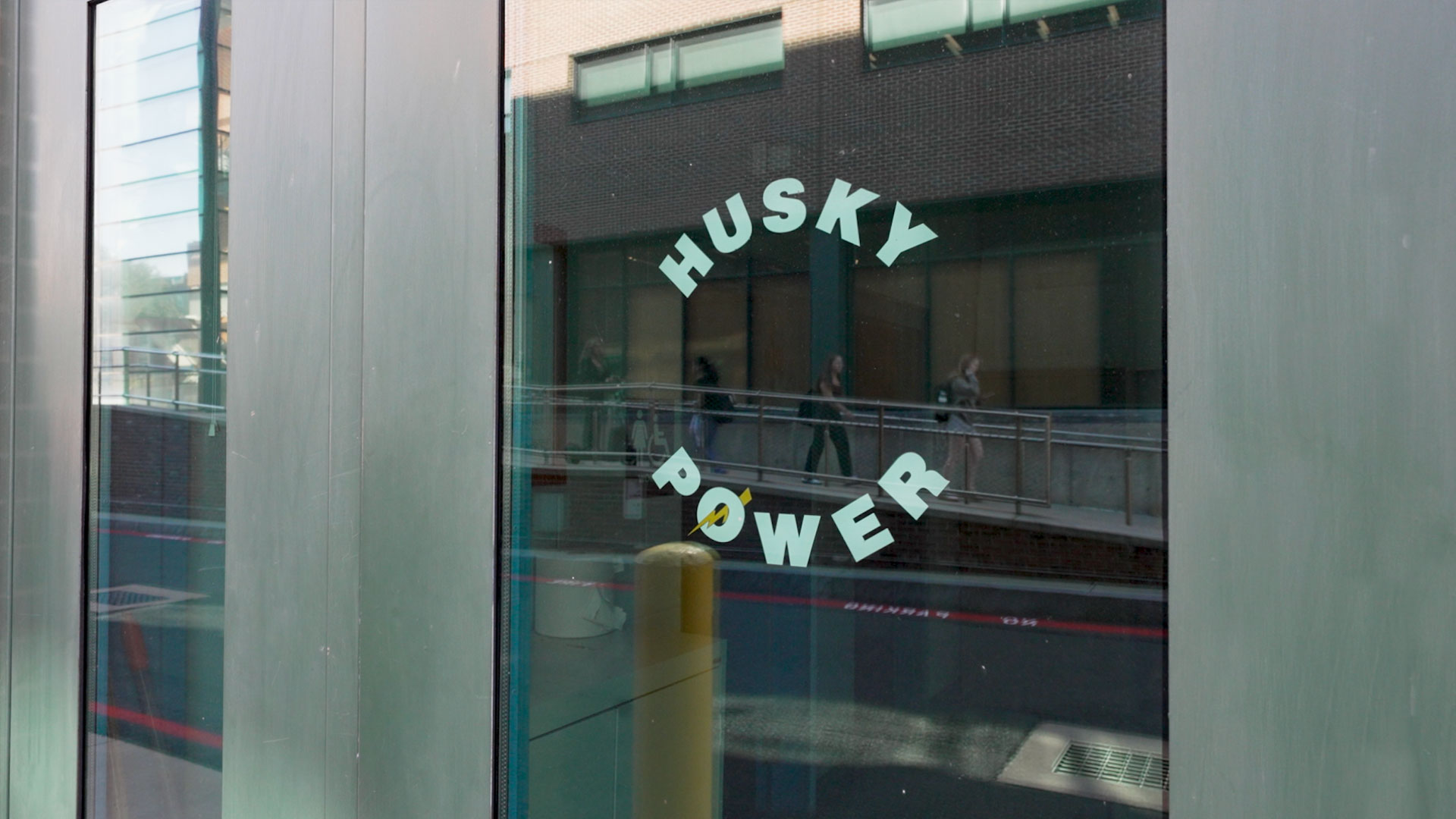 Americans are becoming more planted in one place, defying the cultural assumption that the frontier offers a better life.
Americans are becoming more planted in one place, defying the cultural assumption that the frontier offers a better life.
But the decline in migration, linked by some to the poor economy, actually is a trend that has been underway for 40 years, according to a new study by geography professor Thomas Cooke.
“You can see the pattern since the late sixties and earlier seventies,” he says, “this steady march downward.”
The peak of migratory behavior was in 1968, and it’s been downhill ever since.
His analysis shows that only 1.6 percent of Americans moved from one state to another between 2008 and 2009, a record low. And only 3.7 percent moved from one county to another. The paper, “It is Not Just the Economy: Declining Migration and the Rise of Secular Rootedness,” will be published in the journal Population, Space, and Place.
From 1999 to 2009, only 63 percent of the decline in migration can be attributed to economic conditions, he found. The rest is due to demographic changes, such as an expanding older population and a stronger trend toward rootedness.
That defies what others have called “the mobility myth,” which often guides social scientists and cultural commentators, he notes.
“It’s just engrained into what Americans think about themselves – it’s embedded in our culture,” he says. “We believe this myth. We believe that migration is the solution to all kinds of problems.
“In reality, we don’t move that much,” he adds.
That, in turn, has implications for social policies. If policymakers expect people to move out of an ailing city like Detroit, for example, in search of jobs and better housing, they may need to reexamine their expectations.
What keeps people stuck in one place? Age, for one thing. Older people are less likely to move. But technology is also contributing to the trend. If retired people can easily fly to a warm climate for part of the year, they are less likely to move there. And if workers can commute a long distance rather than move, they do so.
Couples “living apart together” is also a big trend now, he notes. With Skype and e-mail allowing them to keep in touch, couples are increasingly opting for jobs in separate cities rather than both moving for career opportunities.
“People are willing to engage in that kind of disruption rather than be uprooted,” he says.
The poor economy does contribute to the trend, however, when people cannot find jobs by moving, or they have negative equity in their homes and cannot afford to sell. During the years from 2007 to 2009 – the height of the recession – homeowners were less mobile, and the South Atlantic states, including Florida, where in-migration has been high, showed dramatic declines in migration.
But even if the economy and the housing market improve, any bump up in migration will be temporary. The long-range downward trend will continue, Cooke says.
Over the next 30 years, the Baby Boomers will become less migratory as they age, pushing the rates down even more. Even the young aren’t moving as much: the two youngest groups in his study migrated less often in 2009 than in 1999. With a new “boomerang” generation of college graduates who migrate back home, that is likely to continue.
“The likelihood is that America has long ago entered into a post-modern period of reduced mobility due to increased value of leisure time, increased ability to remain rooted and yet travel for leisure and work, and convergence in regional housing and labor markets,” Cooke wrote in his paper.


